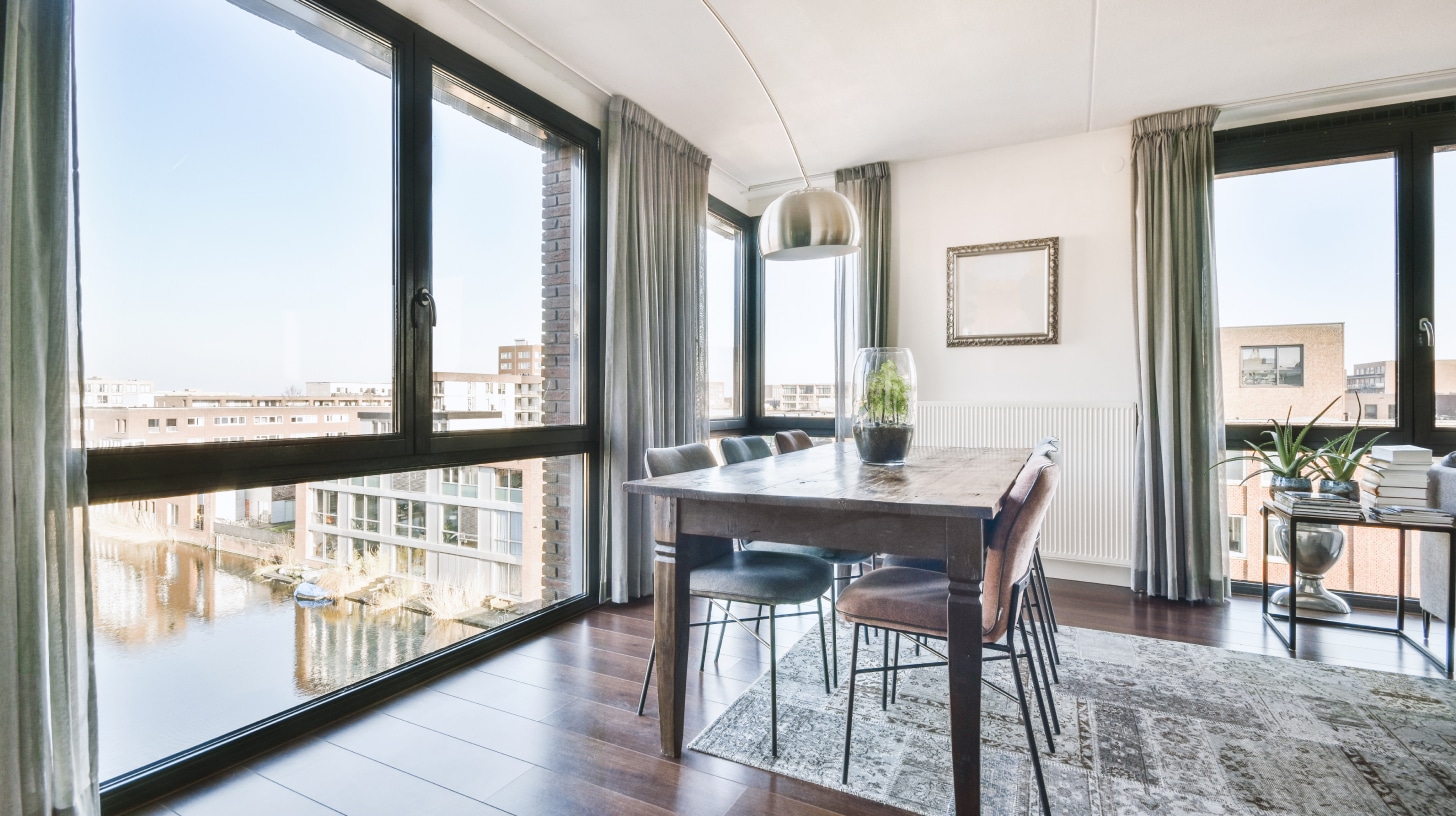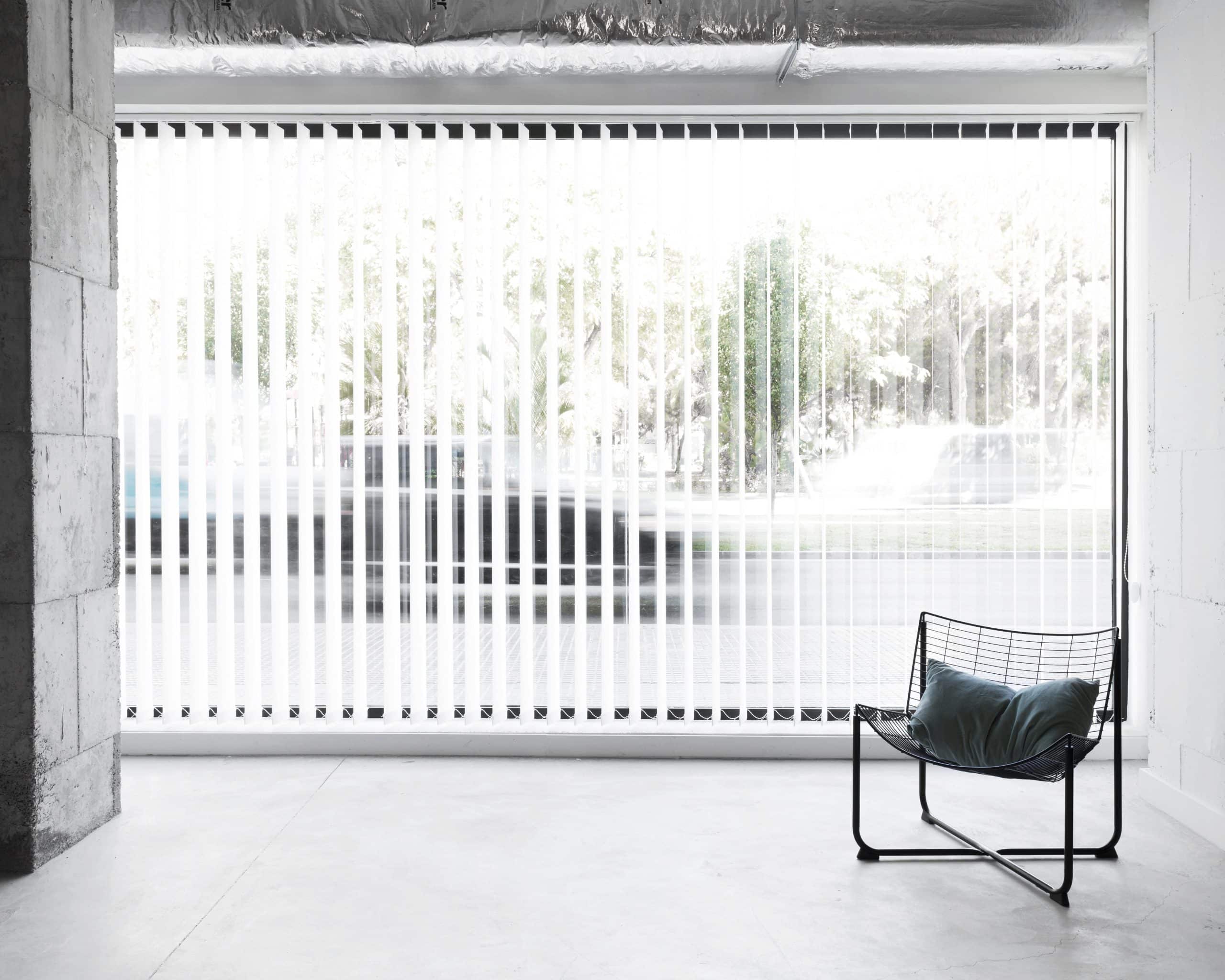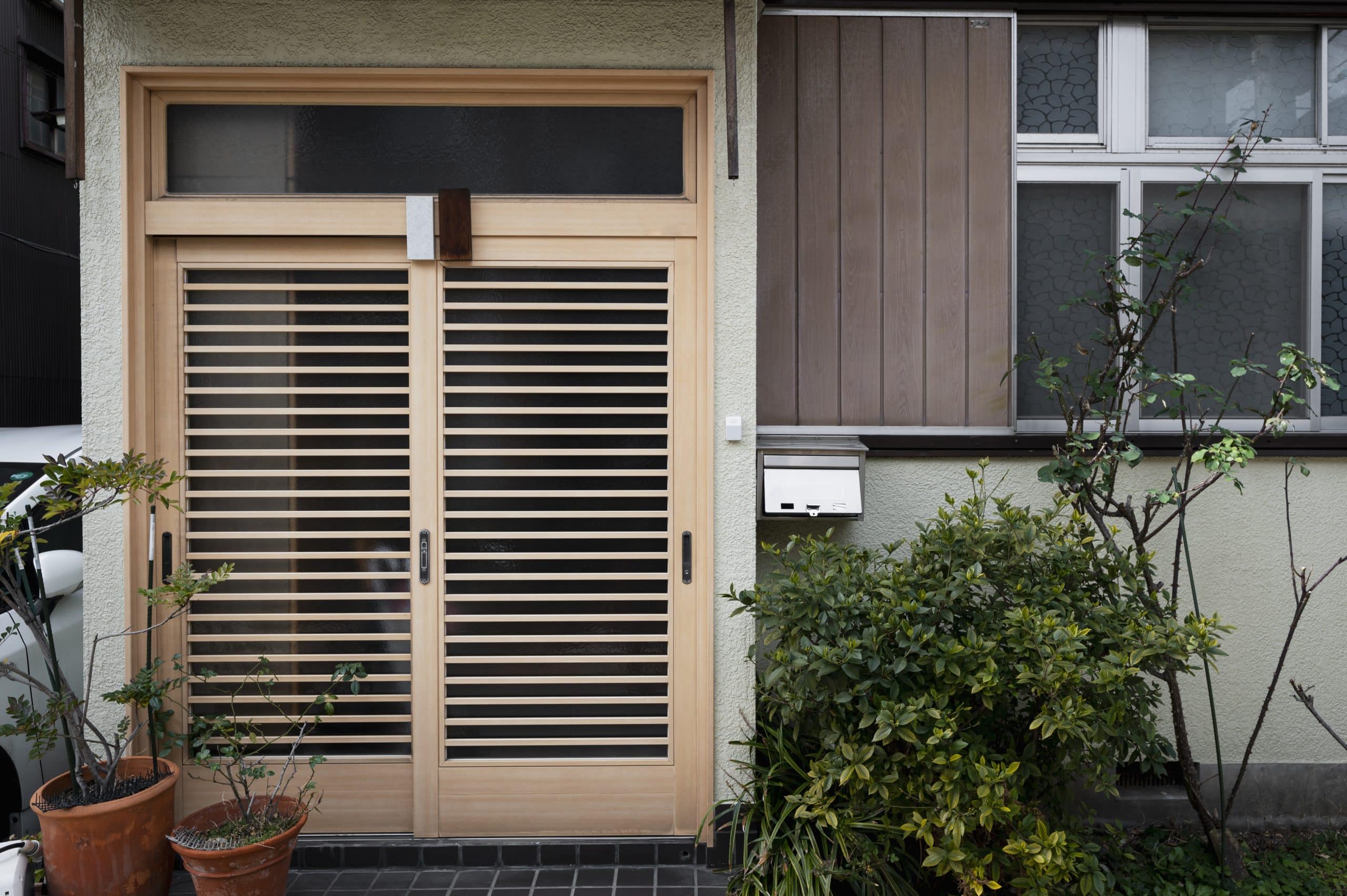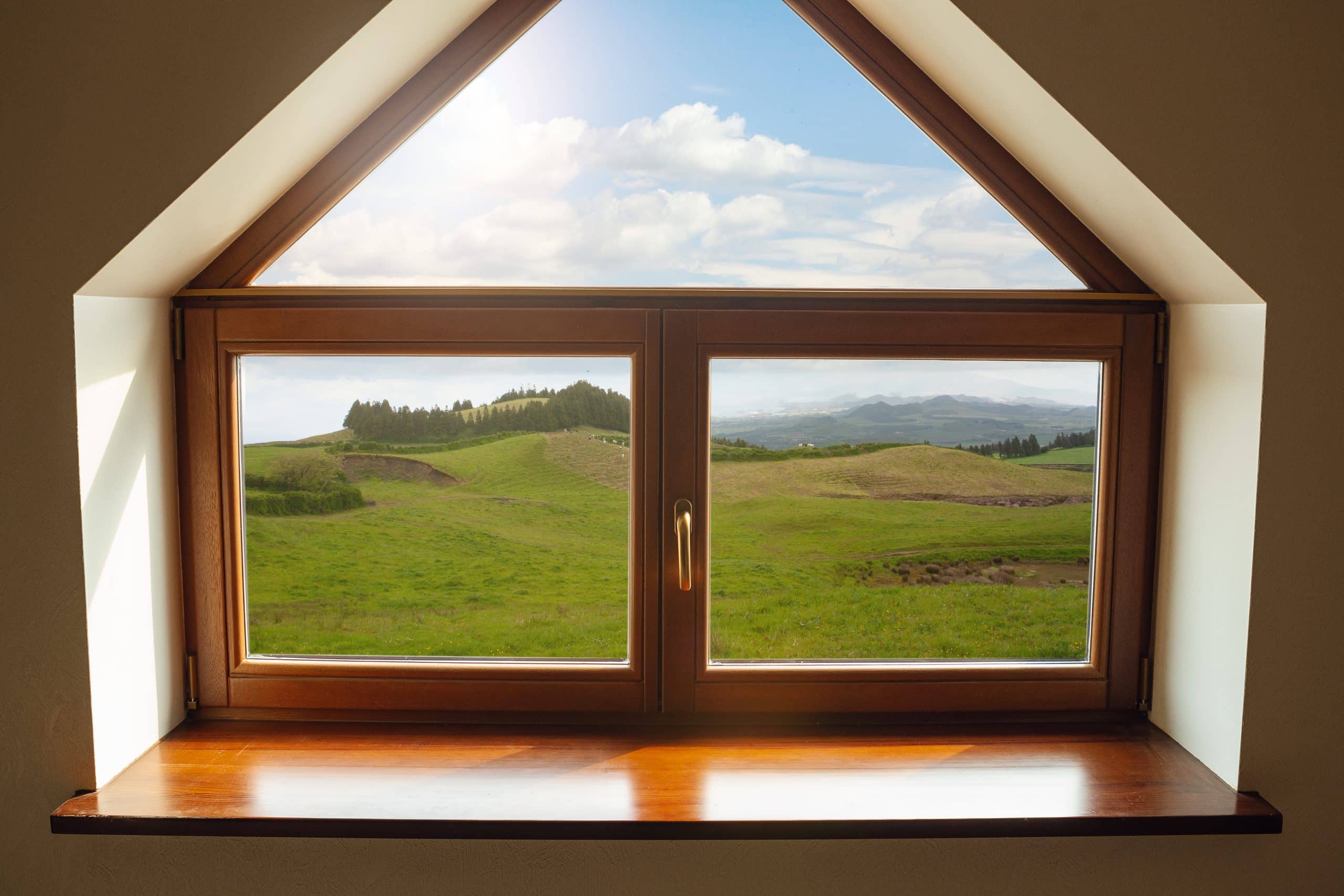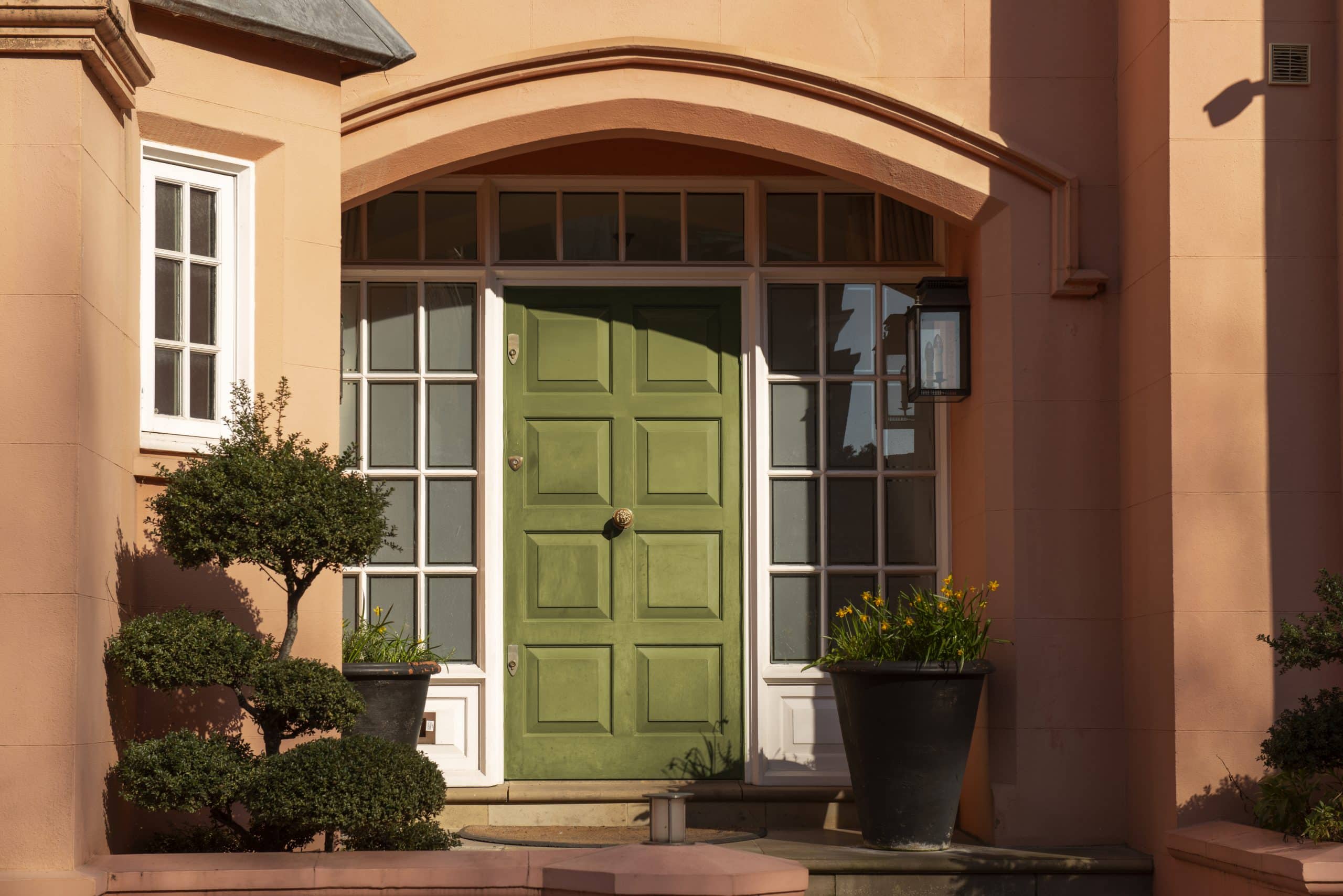Imagine a space where family and friends gather, where laughter and light blend to create an atmosphere of warmth and comfort. This is the essence of a dining room, and at the heart of this vibrant space is the dining room window, a pivotal element that brings life and energy into your home.
The Importance of Dining Room Windows
The dining room window is more than just a source of natural light; it’s a gateway to the outside world, a frame for your most cherished moments, and a reflection of your personal style. These windows hold the power to transform a mundane meal into an enchanting dining experience.
As the sunlight streams through, it casts a warm, inviting glow over your dining table, enhancing the colors of your meals and the smiles of your guests. It’s not just about illumination; it’s about creating an ambiance that resonates with comfort and elegance.
But the influence of a well-chosen dining room window extends beyond the aesthetic. It’s a bridge between the indoors and the natural world outside. With each season, your dining room window presents a new, ever-changing backdrop.
From the golden hues of autumn to the delicate blossoms of spring, nature’s canvas is displayed in full glory, adding a dynamic and refreshing element to your dining experiences.
Moreover, the dining room window plays a crucial role in defining the architectural character of your home. Whether you opt for a classic bay window, a modern picture window, or charming casements.
Each style contributes uniquely to the overall feel and design of your dining space. It’s an architectural statement that speaks volumes about your home’s character and your personal taste.
Design Ideas and Styles for Dining Room Windows
When it comes to selecting the perfect dining room window, the possibilities are as vast as your imagination. Each design and style offers its own unique charm and functionality, enabling you to tailor your dining experience to your personal taste and lifestyle needs.
One popular choice is the bay window. Not only does it provide a panoramic view of the outdoors, but it also adds a touch of sophistication to your dining space. Bay windows extend outward from the wall.
It creates a cozy nook that can be utilized for additional seating or decorative elements. Imagine sipping your morning coffee in this sunlit alcove, surrounded by the beauty of your garden or the tranquility of a rain-soaked day.
For those who prefer a sleeker, more contemporary look, picture windows are an excellent choice. These large, unobstructed windows act as a clear canvas, showcasing the outdoor scenery as a living piece of art. The simplicity of their design allows for an abundance of natural light, making your dining room feel more spacious and inviting.
Casement windows are another great option, especially for those who value practicality along with aesthetics. These windows, which are hinged at the side and open outward, offer excellent ventilation, allowing fresh air to circulate through your dining area. This feature is particularly beneficial during warm summer evenings when you want to enjoy a gentle breeze with your meal.
For homes with traditional architecture, classic double-hung windows offer both functionality and timeless beauty. Their ability to open from either the top or bottom provides versatile ventilation options, and their familiar design complements a variety of decor styles, from rustic to modern.
Functionality and Practicality of Dining Room Windows
While the aesthetic appeal of dining room windows is undeniably important, their practicality and functionality play an equally crucial role in enhancing your dining experience. Understanding these aspects can help you make an informed decision that balances beauty with efficiency and comfort.
Light control and energy efficiency
One of the primary functions of a dining room window is to regulate the amount of natural light entering the space. The right window can fill your dining area with soft, natural light, creating an inviting and warm atmosphere.
However, too much direct sunlight can cause glare and increase the indoor temperature, making the dining experience less comfortable. This is where the choice of window treatments, like blinds or curtains, comes into play.
They allow you to control the light intensity, setting the perfect mood for any occasion, whether it’s a bright brunch or a dimly lit dinner.
Energy efficiency is another critical factor to consider. Windows with double or triple glazing, low-E coatings, and proper insulation can significantly reduce heat loss in winter and heat gain in summer. This not only ensures a comfortable dining environment but also helps in lowering energy bills and reducing your carbon footprint.
Ventilation and air quality
A dining room is a space where aromas and warmth abound, especially during meal preparations and gatherings. Adequate ventilation is essential to maintain a fresh and pleasant atmosphere.
Windows that can be opened, like casement or sliding windows, offer excellent ventilation, allowing you to let in fresh air and dispel cooking odors or humidity. They also contribute to better air quality, which is vital for a comfortable and healthy dining environment.
In the upcoming section, we will discuss the various materials and durability aspects of dining room windows. This information will guide you in choosing a window that is not only visually appealing but also long-lasting and resilient.
Materials and Durability of Dining Room Windows
Selecting the right material for your dining room window is crucial for its durability and maintenance, as well as for its impact on the overall aesthetic of your dining area. Each material offers its unique benefits and character, adding a distinct touch to your dining room.
Wooden windows
Wooden windows are a timeless choice that exude warmth and classic elegance. They are particularly well-suited for traditional or rustic dining rooms, adding a sense of coziness and charm.
Wood is also known for its excellent natural insulation properties, helping to keep your dining area comfortable in both winter and summer. However, wooden windows require regular maintenance, including painting and sealing, to protect them from weather elements and to prevent warping or rotting.
Vinyl low maintenance and cost-effectiveness
For those seeking a more practical and budget-friendly option, vinyl windows are a great choice. They are low maintenance, resistant to moisture, and do not require painting or sealing. Vinyl windows come in various colors and styles, allowing for versatility in design. Additionally, they offer good insulation, contributing to energy efficiency in your dining room.
Modern and durable aluminum windows
Aluminum windows offer a sleek, modern look and are known for their durability and strength. They are particularly suitable for contemporary dining spaces, adding a touch of modern sophistication.
Aluminum is resistant to rust and corrosion, making it a low-maintenance option. However, it is less insulating than wood or vinyl, so it may require additional thermal treatments for better energy efficiency.
Composite windows
Composite windows, made from a combination of materials like wood and plastic, offer the aesthetic appeal of wood with the low maintenance benefits of synthetic materials. They are durable, energy-efficient, and available in a range of styles and finishes, making them a versatile choice for any dining room design.
Installation and Maintenance Tips for Dining Room Windows
Choosing the perfect dining room window it’s not the first step. Prior to that, be sure to find out building codes of your area.
The proper installation and regular maintenance are key to ensuring their longevity and optimal performance.
Professional installation
First and foremost, it’s essential to have your dining room windows professionally installed. This ensures that they are correctly fitted, which is crucial for maximizing energy efficiency.
And of course it prevents drafts, and ensures smooth operation. A professional installer Toronto can also provide valuable advice on the best type of window for your specific needs and the structural integrity of your home.
Regular maintenance
Once your windows are installed, regular maintenance is crucial. For wooden windows, this means periodic painting or staining and sealing to protect them from the elements. Vinyl and aluminum windows, while less demanding, still benefit from regular cleaning and occasional check-ups to ensure that the sealing and insulation remain intact.
Addressing wear and tear
Over time, all windows can experience wear and tear. It’s important to address any issues, such as cracks, drafts, or difficulty in opening and closing, as soon as they arise. This not only extends the life of your windows but also maintains their efficiency and the comfort of your dining space.
Cleaning and care
Keeping your windows clean not only enhances their appearance but also allows more natural light into your dining room. Use appropriate cleaning solutions for the glass and frame material, and consider seasonal cleaning to remove any debris or buildup that can affect the window’s functionality.
Upgrading for efficiency
Lastly, consider upgrading your windows if they are outdated. Modern windows come with advanced features like double or triple glazing, low-E coatings, and improved sealing, all of which contribute significantly to energy efficiency and comfort.
Conclusion
The right dining room window can transform your dining experience, bringing in light, offering views, and complementing your home’s aesthetic. With the myriad of styles and materials available, and by following proper installation and maintenance practices, you can enjoy the beauty and benefits of your dining room windows for many years to come.
